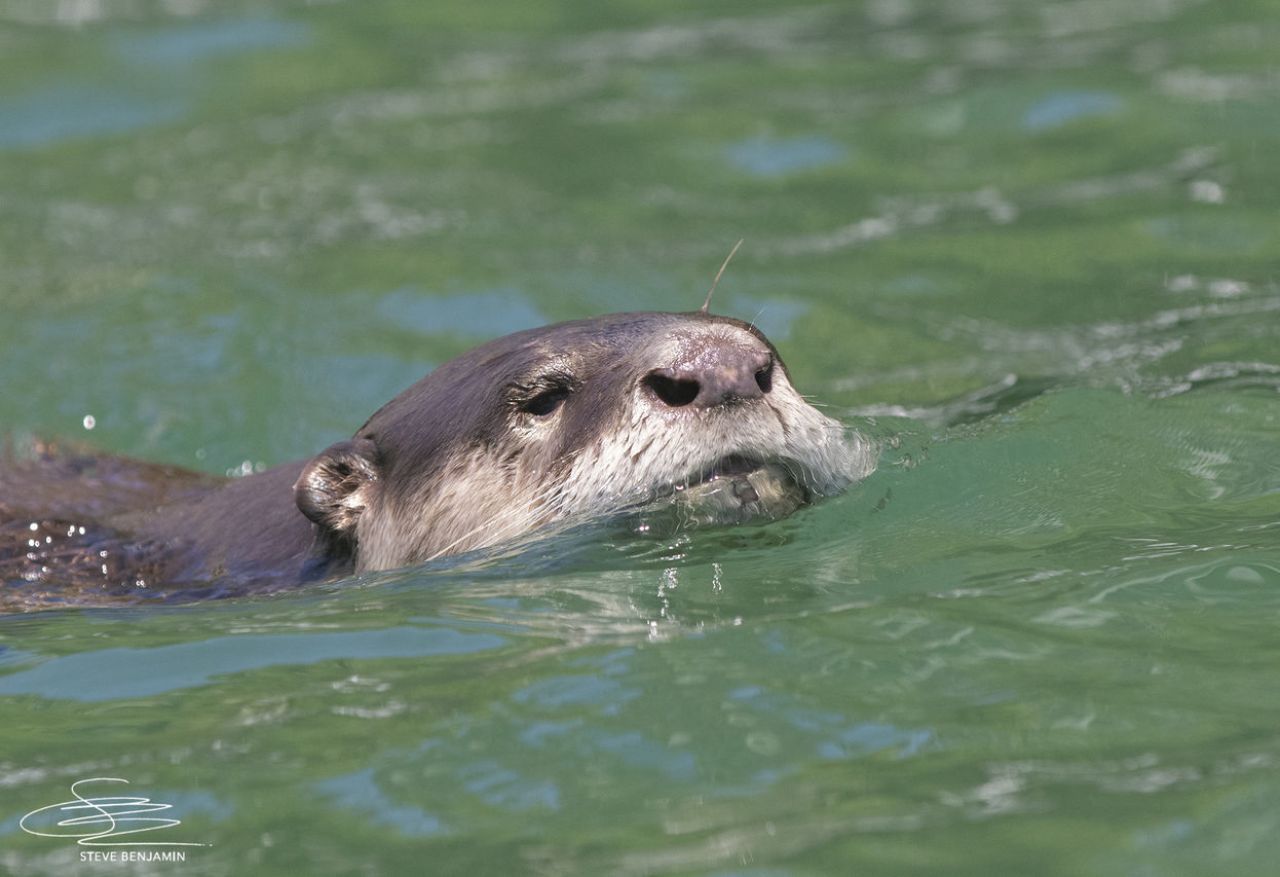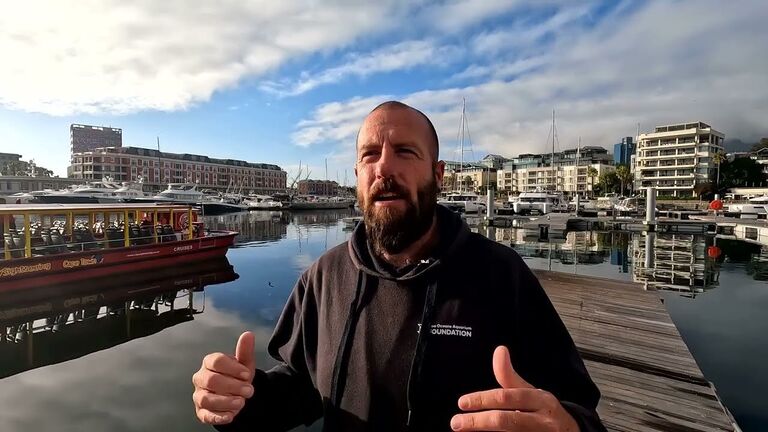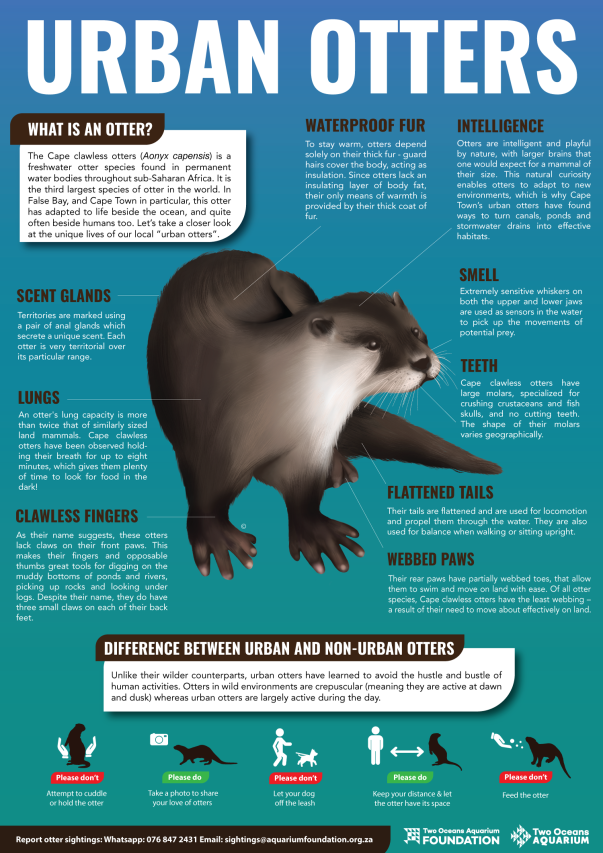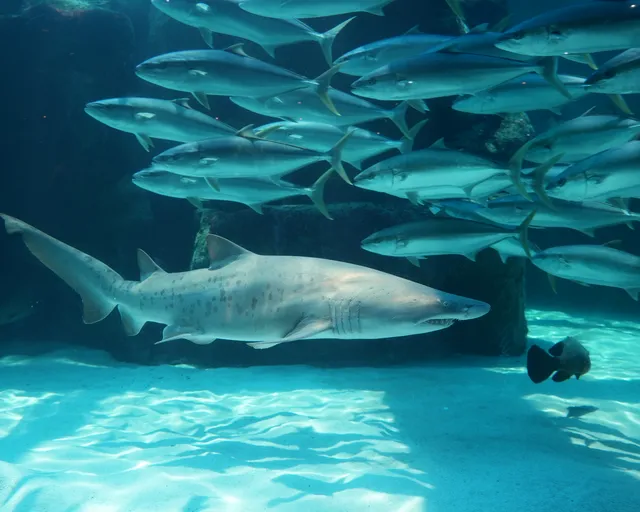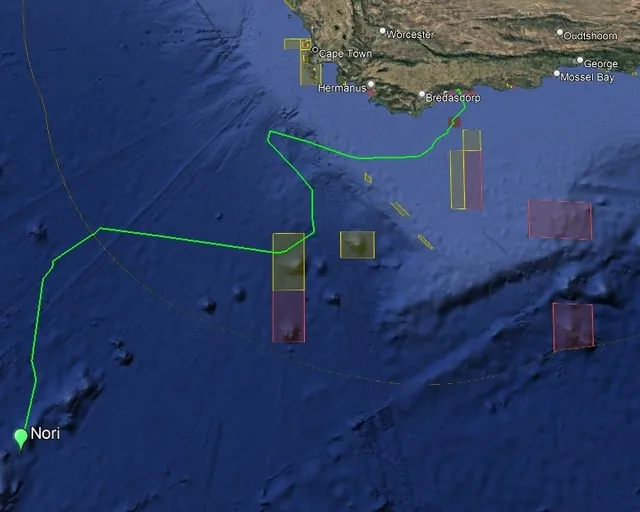What's an otter anyway?
Cape clawless otters (Aonyx capensis) are a freshwater otter species found in permanent water bodies throughout sub-Saharan Africa, although small populations of these otters have adapted to coastal and urban environments. They are the third largest species of otter in the world. Their name comes from their unique front feet, which are adapted for both digging and picking up food underwater, and therefore don’t have claws.
Otters are typically found inland along river systems, where staying cool means spending lots of time in the water and using burrows to escape the highest temperatures of the day. However, they’ve recently become a unique and mischievous presence in the V&A Waterfront. We refer to the Cape clawless otters that have taken up residence in the Waterfront and other parts of Cape Town "urban otters".
Difference between urban and (non)urban otters
Because they have had to adapt to coexisting with humans, urban otters have picked up some unique behaviours, very different from their counterparts living in the wilds.
Wild otters are most active at dawn and dusk when they can avoid larger predators and are more likely to find their own prey. In some urban environments, some of these otters become completely nocturnal as a way of avoiding the hustle and bustle of traffic and humans. However, our local urban otters are much less afraid of people and have become part of the urban ecosystem. They are now bolder and come out in the middle of the day.
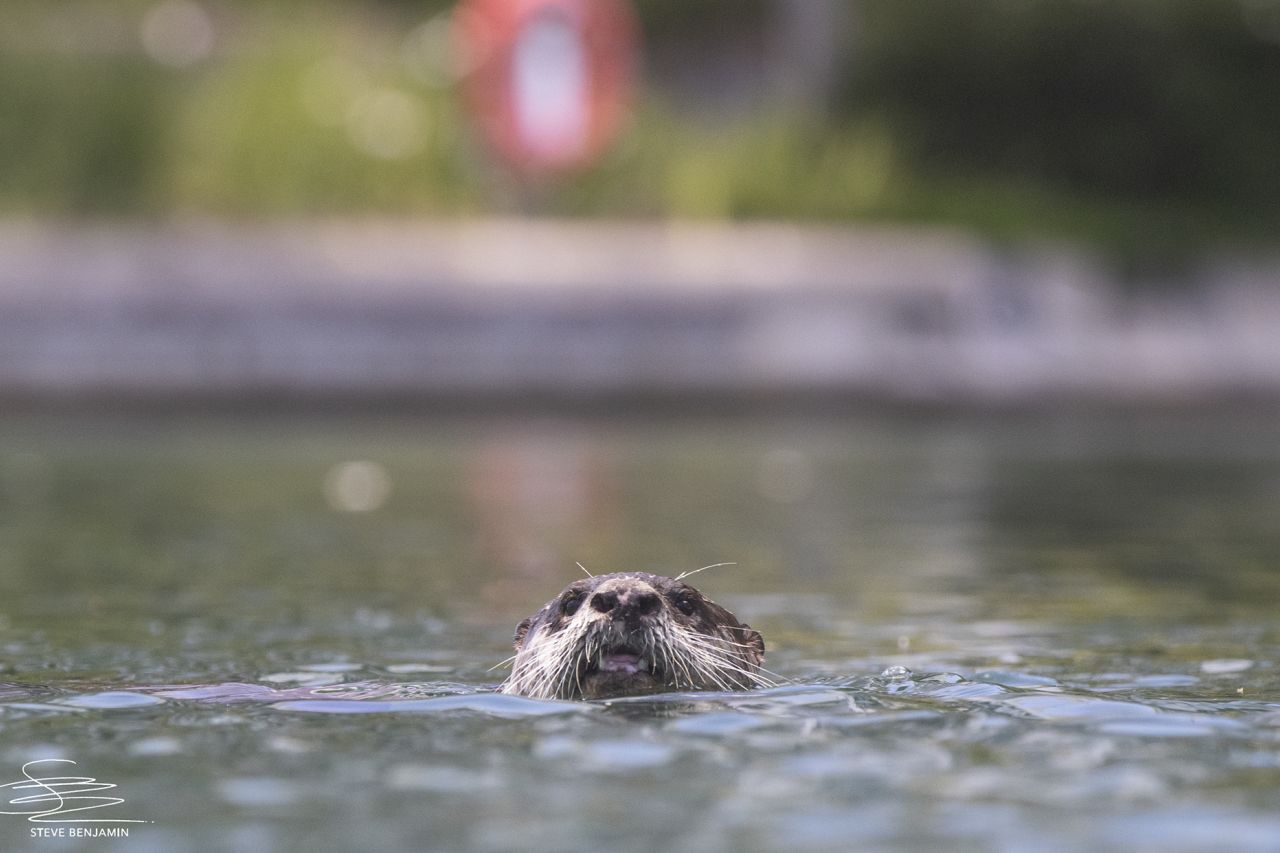
And here are a few otter facts on World Otter Day:
- To stay warm, otters depend solely on their thick fur. "Guard hairs" cover the body, acting as insulation.
- African clawless otters have large molars, specialised for crushing crustaceans and fish skulls. The shape of their molars varies by region.
- Otters possess flattened tails, which are used both for swimming and for balance when walking or sitting upright.
- Their rear paws have partially webbed toes, which allow them to swim and move on land with ease.
- Territories are marked using a pair of anal glands which secrete a scent unique to each otter. These scents allow otters to each claim a territory.
- Otters' lung capacity is more than double that of similarly sized land mammals, allowing them to easily stay underwater for several minutes at a time.
- Their clawless fingers are great tools for digging on the muddy bottoms of ponds and rivers, picking up rocks and looking under logs.
Download our cool Urban Otters poster (click the image for the PDF):
The Two Oceans Aquarium Foundation’s Marine Wildlife Management Programme, in partnership with the V&A Waterfront, initiated the Urban Otter Project in 2022 to mitigate interaction between otters and humans. This programme doubles as a research project, as our otter monitors collect data for the scientific study of Cape clawless otters, contributing to the global database daily.
Related News
Sign up to our Newsletter
Receive monthly news, online courses and conservation programmes.
